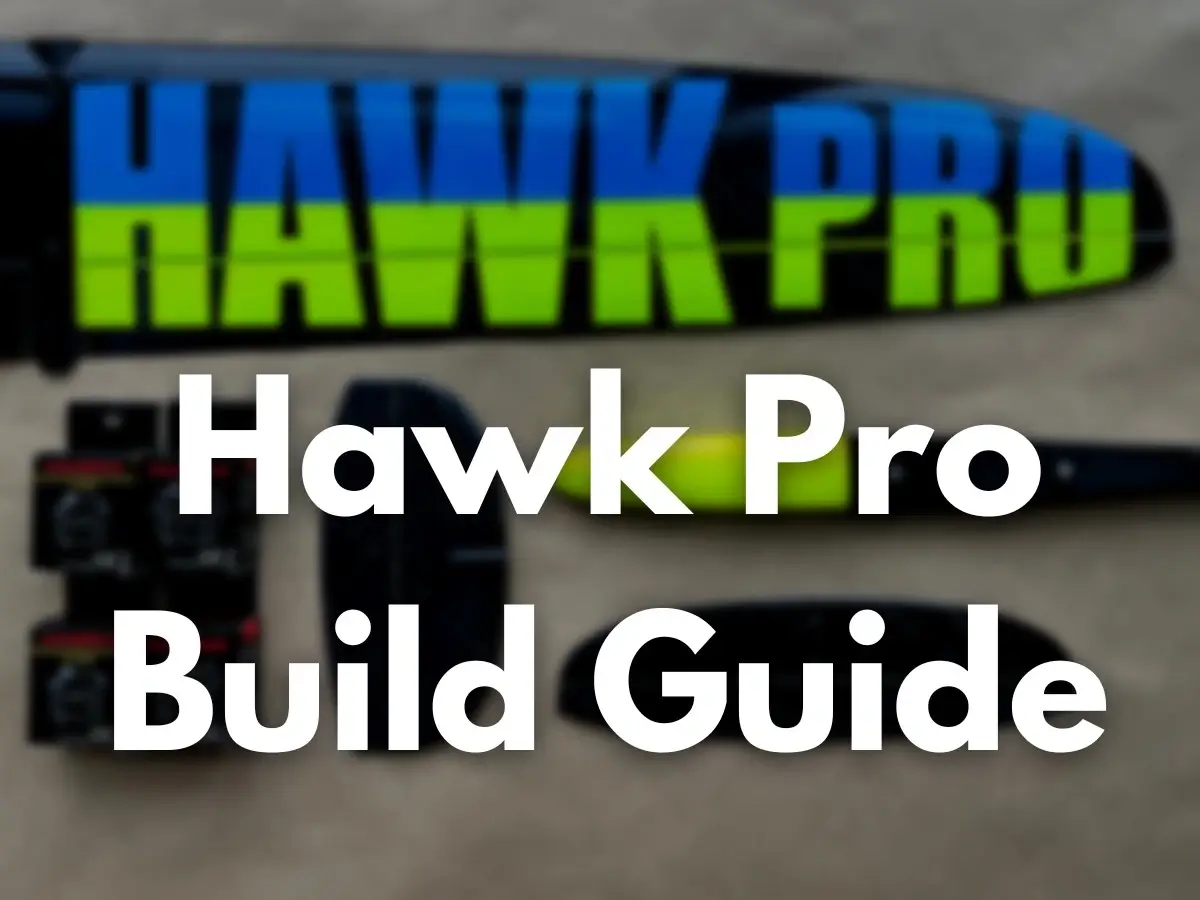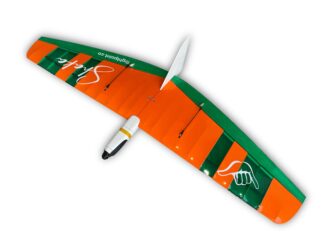
3D Printed RC Gliders rushed into the RC Hobby like a fresh breeze. And not only gliders but many more categories as well. Now you can create almost any RC glider, with just a roll of a decent filament 😉 Ofc, there are pros and cons to the 3D Printed RC Gliders, but the greatest…





